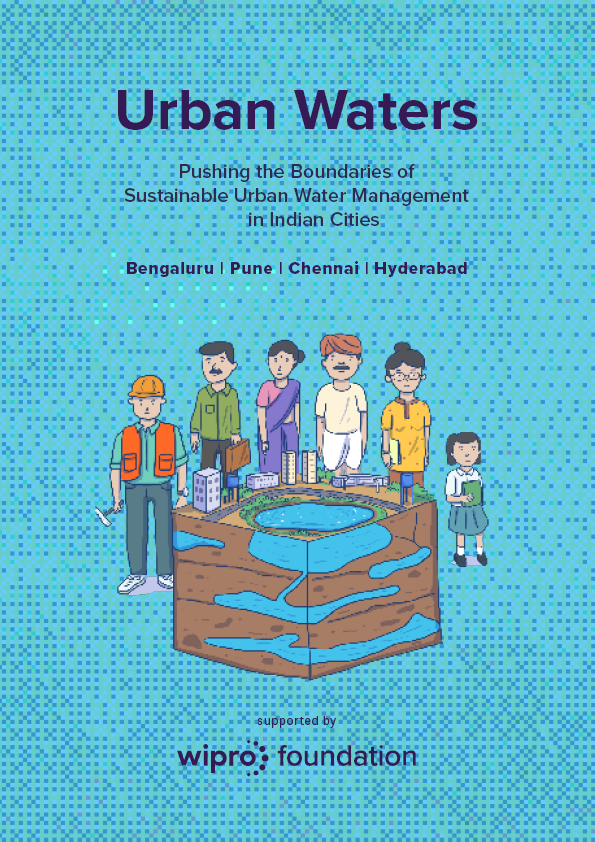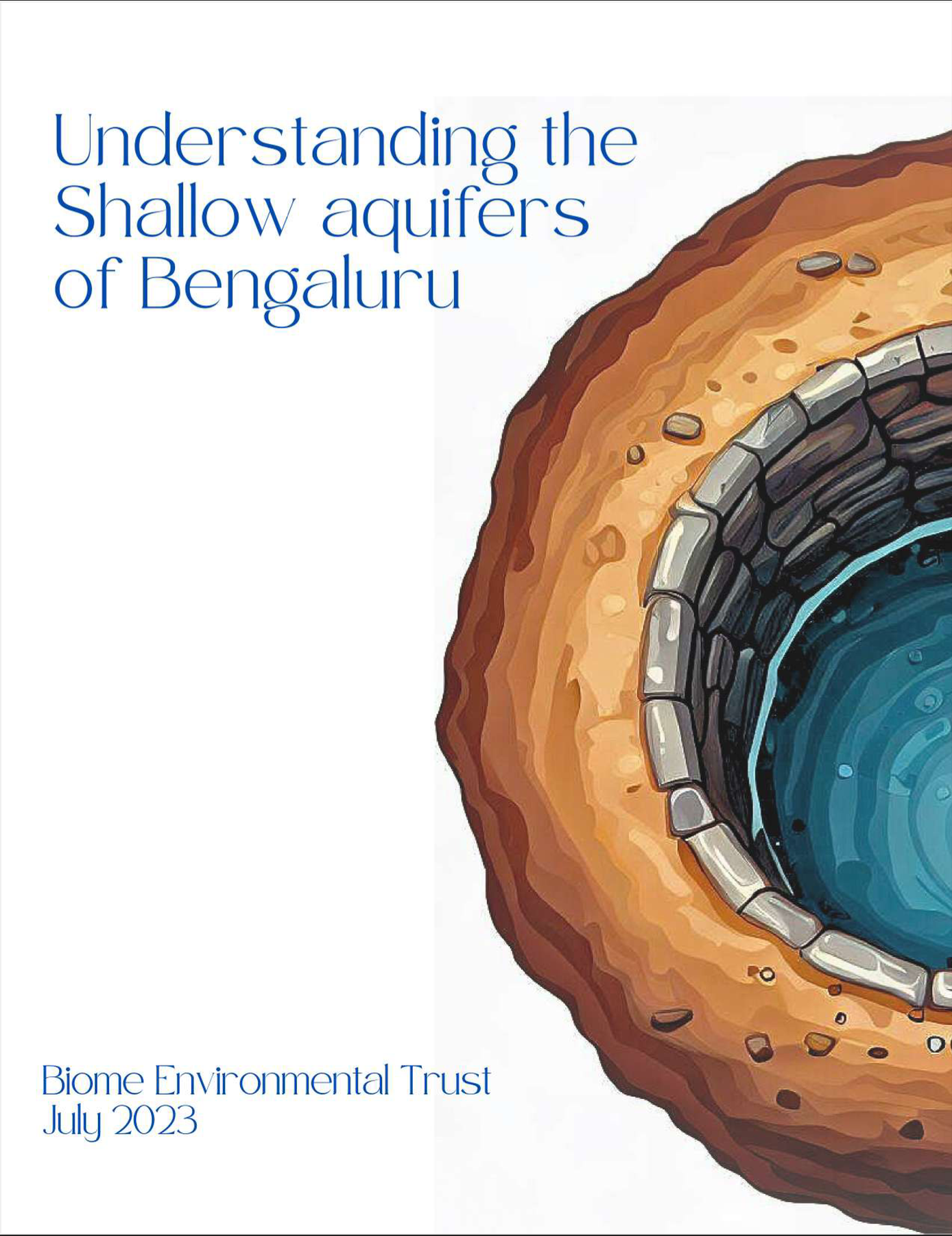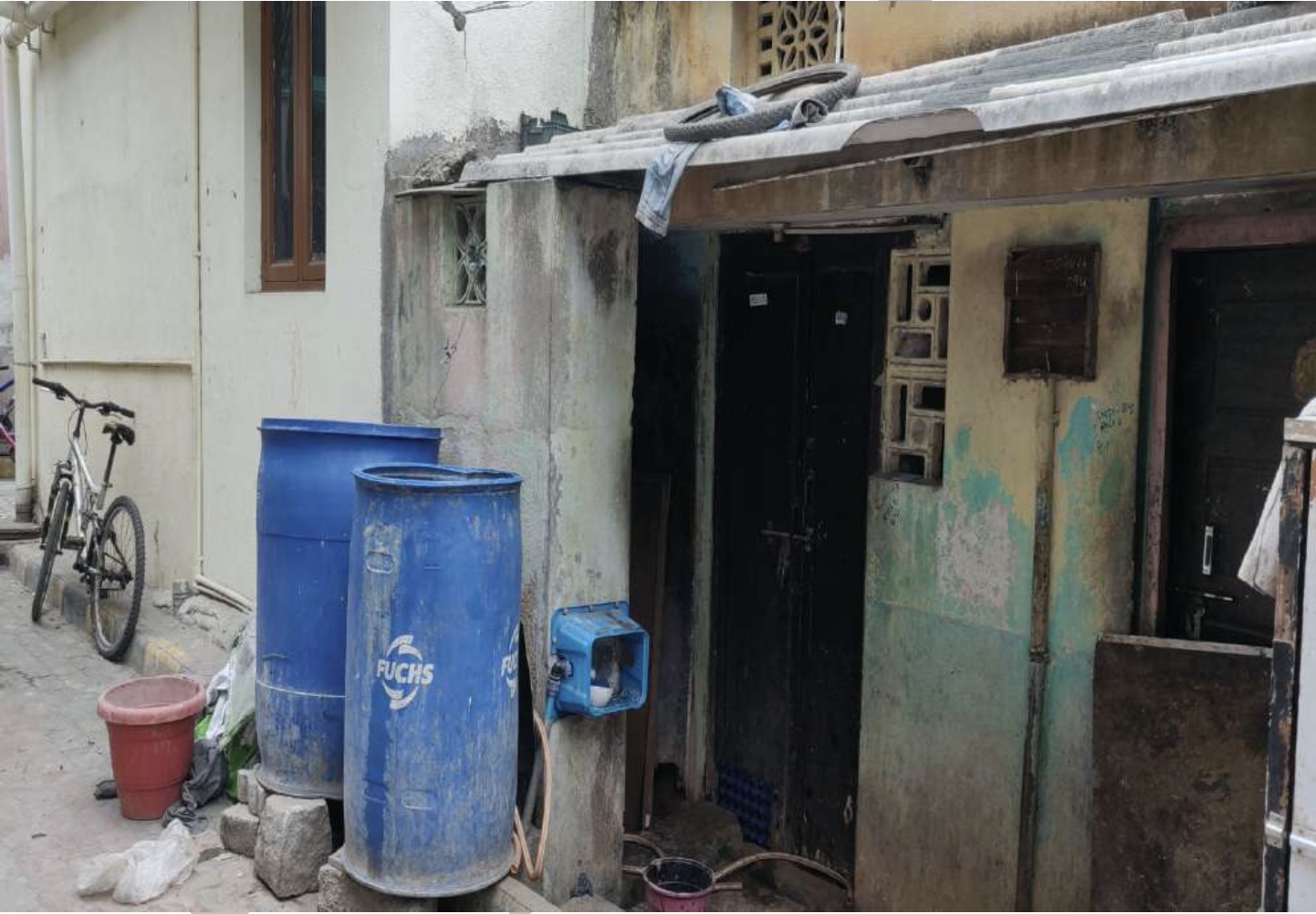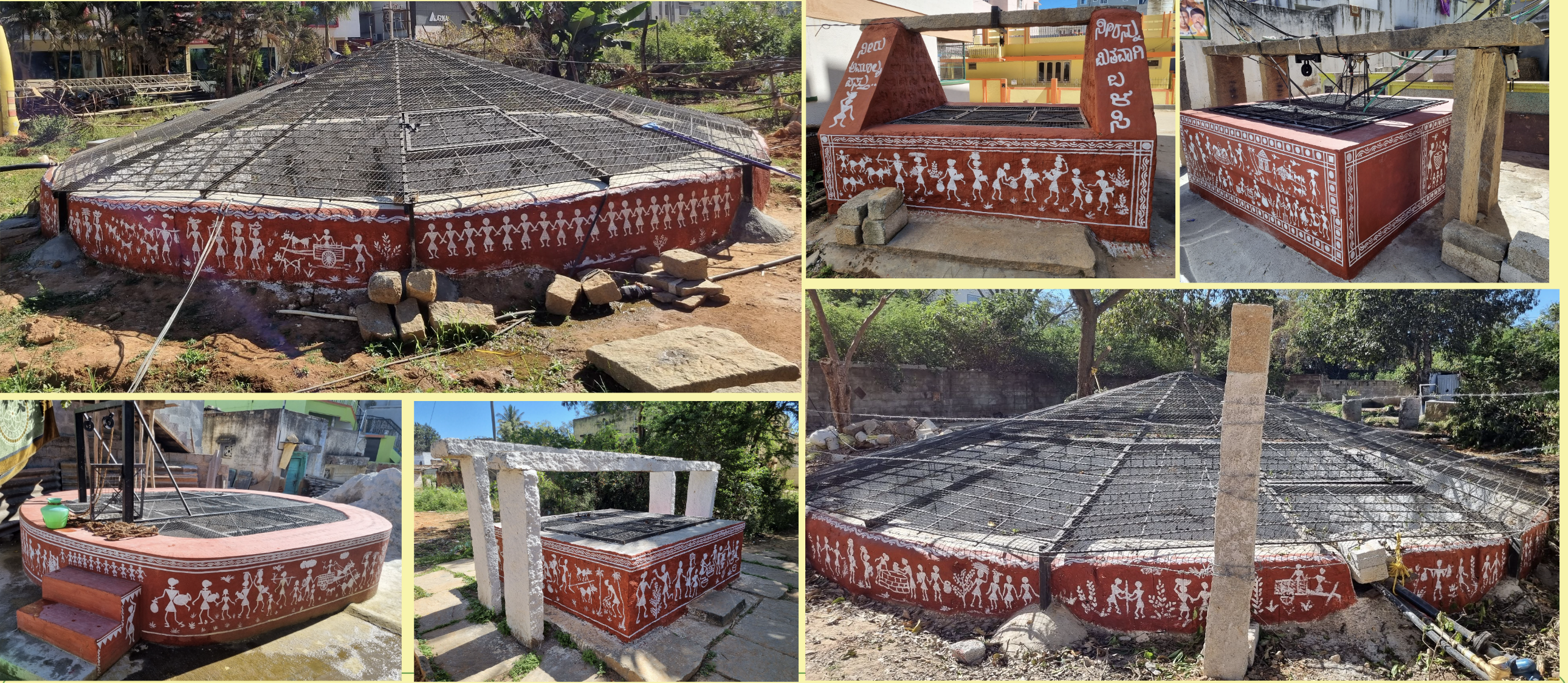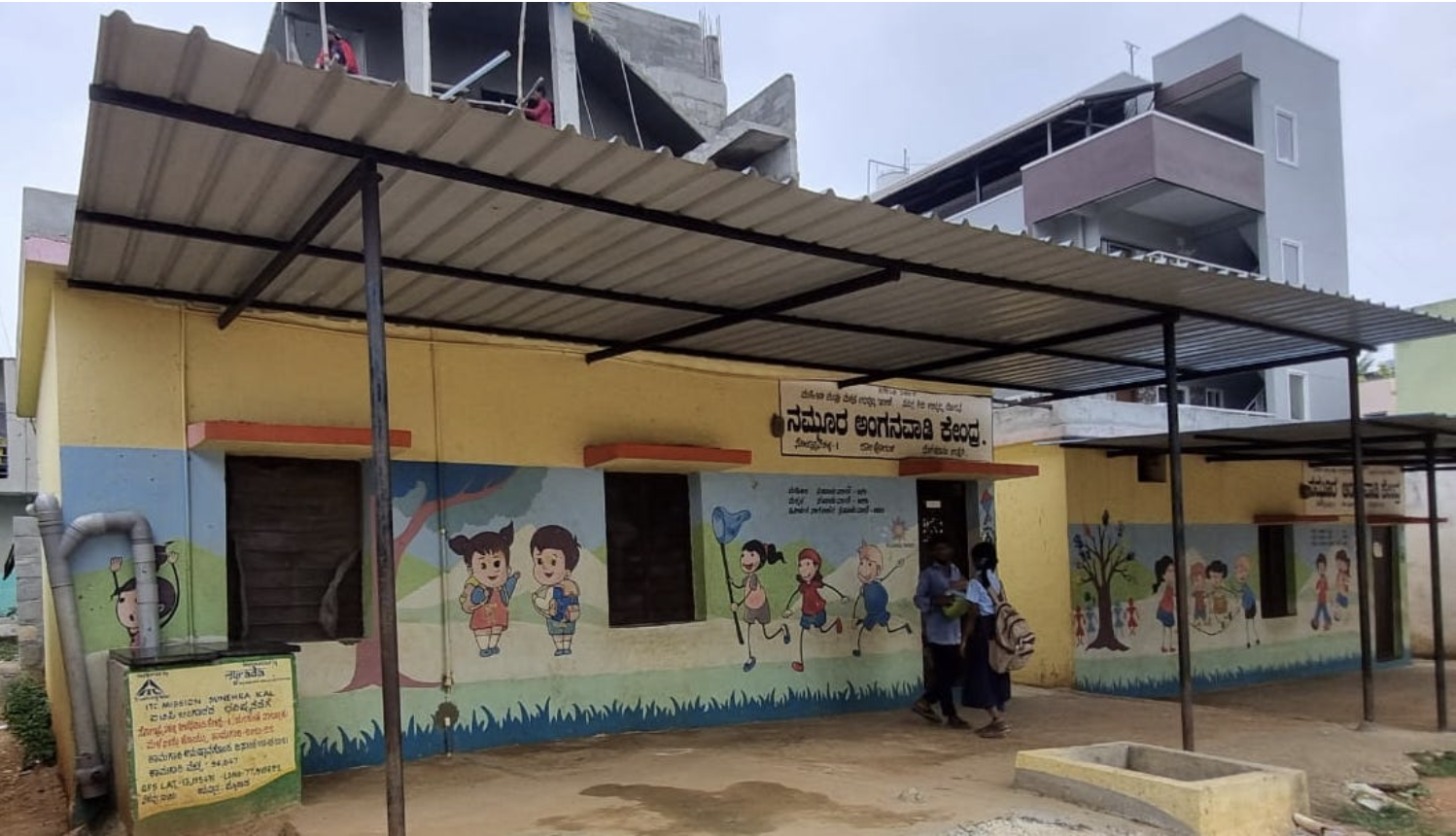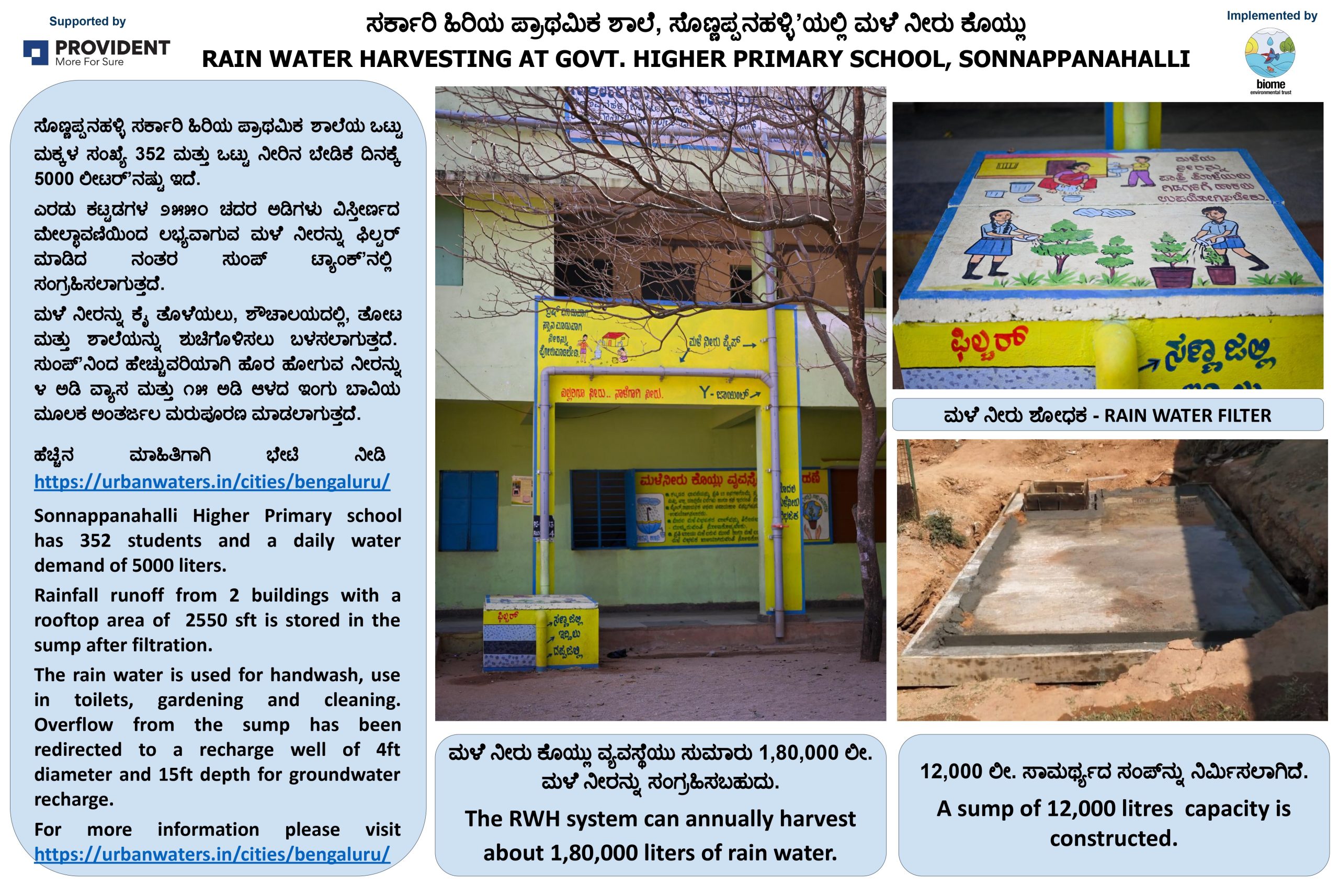How to get people on board
To implement any water reform in an apartment or layout – be it metering, rainwater harvesting or sewage treatment – the entire community has to be on board with the idea. Reforms are more important in communities that do not get municipal water supply, and have to manage their water themselves. Often, when the builder hands over the property to the Residents’ Welfare Association (RWA), no sustainable water management practices are in place, and the residents are left to develop these practices to protect the investment made on their homes. Issues of water scarcity, flooding and wastewater management are common in most apartments and layouts in Bengaluru.

Communities should adopt integrated water management as much as possible. This mainly includes managing water demand through metering and tariffs, rainwater harvesting, wastewater treatment and reuse. The impact of one reform can benefit the implementation of further reforms as well. For instance, reducing water demand of the community means that when the sewage treatment plant (STP) is set up, the STP would require lesser capacity and hence lower investment.
In general, interventions should make water management more efficient and sustainable, so that the community can be as self-sufficient as possible. Even small measures like banning the use of borewell water for construction purposes, goes a long way. Equitable use of water can be encouraged by measures like tariff revisions. All such reforms are likely to encounter residents’ resistance, and hence sustained dialogue is needed to inform, educate and convince them on the benefits of reforms.
Here are some steps to help planning:
- Take time to thoroughly investigate the community’s water management practices and their sustainability. This process would help determine the interventions required. If you plan to implement a new technology, for example a STP, do some research to decide on the technology appropriate for your complex.
- Identify anchors or champions to help initiate a campaign: One or more residents should anchor a sustained campaign to engage with residents. This is important since educating residents and changing their approach to water takes time. Anchors should:
- Become knowledgeable about the topic, as residents’ questions will be directed to them
- Be fully convinced about the reform
- Lead by example
- Make RWA central to the campaign: RWA is responsible for water management and for making decisions on collective investments. So anchors should engage with the RWA to:
- Get information on the layout’s water management, for example, on water availability, costs and recurring problems
- Understand the process by which RWA makes decisions related to water
- Use RWA as a platform to reach out to residents, through RWA meetings, community newsletters or online groups.

In case none of the anchors are members of the RWA’s Managing Committee, anchors should identify a committee member who can champion the cause. Once the RWA supports the campaign, resources like Estate Manager or plumber can be employed for implementing the reform. In new layouts where the builder still manages water, anchors should organise residents to persuade the builder to implement the reform.
Moving forward to implement reform:
- Engage with residents: This can be very challenging and time-consuming, as residents’ opinions on the reforms can vary widely. Some ways to deal with this are:
- Identify and bring on board those who are already supportive of the reform. This helps build a critical mass of supporters, and also gives you an idea about the kind of questions residents may raise
- Hold a gathering of residents with the help of RWA and answer residents’ questions. To help answer the questions better, you can invite a water expert or a resident from another layout where the reform was implemented. For example, experts like hydrogeologists can study the layout, and convincingly explain to residents why only a certain number of borewells are viable there
- Share the findings from your data-oriented research with the community extensively, either in gatherings or online, and discuss these
- Build a larger water consciousness by educating residents
- Facilitate implementation and monitoring
- Anchors should identify an appropriate service provider once the community agrees to the reform
- Define the implementation process clearly, since work on multiple households and common areas can cause coordination and logistical problems. You can make the Estate Manager responsible for coordination.
- After implementation, anchors should monitor if the campaign was successful, and if residents have modified their behaviour as required.
Maintenance, Tips and Precautions
- Do not burden residents with multiple cost-intensive reforms at a time; rather space these out
- Deliver water services to the satisfaction of residents. Enforcing rules could become difficult otherwise.
- The benefits of one properly implemented reform can be demonstrated to convince residents about water reforms in general. For instance, correctly timing the digging of recharge wells before monsoon can show residents how this helps in flood control in the layout
- Residents who comply with reforms like RWH can be incentivised through discounts in water bill. Similarly, penalties can also be introduced, such as fines for delaying bill payment.


